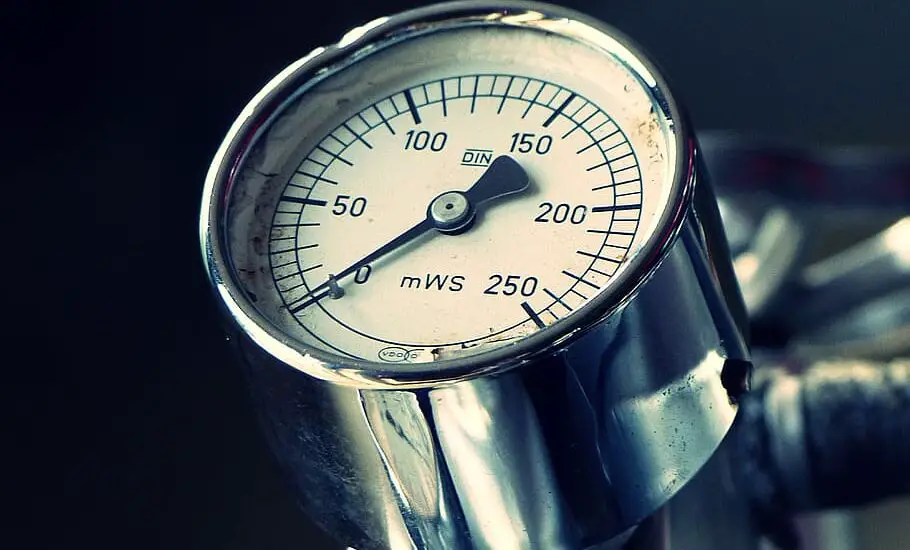This article will demystify the concept of bad expansion valve pressures and provide step-by-step guidance to diagnose and fix the problem, even if you’re new to the subject.

Diagnosing Bad Expansion Valve Pressures
Diagnosing bad expansion valve pressures requires careful inspection and measurement. Here’s a step-by-step approach:
Check the Thermostat Settings: Verify that the thermostat is set to the correct mode and temperature. Sometimes, incorrect settings can mimic the symptoms of bad expansion valve pressures.
Inspect the Refrigerant Levels: Using specific tools like a manifold gauge set, measure the refrigerant levels. Both too much and too little refrigerant can cause pressure problems in the valve.
Examine the Valve for Physical Damage: Inspect the expansion valve for signs of wear, leaks, or blockages. Visual cues might include rust, corrosion, or physical deformities.
Test the Pressure Levels: Compare the system’s pressure readings with the manufacturer’s specifications. Pressure gauges will help you determine if the pressures are within the acceptable range. Deviations indicate an issue with the valve or related components.
If you’re looking for a pressure gauge, we recommend this Amazon-listed BELEY Refrigeration Digital Manifold HVAC System Gauge Set.
Fixing Bad Expansion Valve Pressures
Once the problem has been diagnosed, you can take the following actions to fix the bad expansion valve pressures:
Replace Any Damaged Parts: If you find any worn or damaged parts in the valve, replace them with exact replacements from the manufacturer to ensure compatibility.
Adjust the Valve: Depending on the type of expansion valve (thermostatic or electronic), you may need to adjust it according to the manufacturer’s guidelines. This might involve turning an adjustment screw or reprogramming an electronic valve.
Recharge the Refrigerant if Needed: If the refrigerant levels were found to be low, recharge the system using the specific type and amount of refrigerant recommended by the manufacturer.
Consult a Professional if the Problem Persists: Working with refrigerants and high-pressure systems can be hazardous. If you’re unable to fix the issue yourself, seeking professional help from a certified HVAC technician is advised.
Remember, safety should always be your priority. Turn off the system and follow proper safety guidelines when performing any maintenance or repair tasks.
Check out these other related articles…
Expansion Valve Orifice: A Comprehensive Guide
Electronic Expansion Valve Troubleshooting: Easy 411 Guide
How to Replace Expansion Valve: The Ultimate DIY Guide
Expansion Valve Not Working: Fixed in 5 Easy Steps
How to Clean Expansion Valve: Your Easy 101 Guide
Symptoms of Bad Expansion Valve Pressures
Bad expansion valve pressures can manifest in several ways that may affect your HVAC system’s performance. Recognizing these symptoms early can prevent further damage:
Insufficient Cooling or Heating: If the valve is stuck or improperly adjusted, the system may struggle to reach the desired temperature. This can result in rooms that are too warm or too cold, causing discomfort.
Strange Noises: Unusual sounds like hissing, banging, or rattling could be a sign of bad pressure within the valve. These noises may be heard near the indoor unit or the outdoor compressor, and they indicate that the valve is not operating correctly.
Increased Energy Bills: If the valve is not regulating the refrigerant’s pressure properly, the system will have to work harder, using more energy. This inefficiency will likely show up as a sudden increase in your monthly energy bills.
Frost or Ice Formation: Bad pressures might lead to frost or ice forming on the evaporator coil, which can be a visible sign of a problem.
